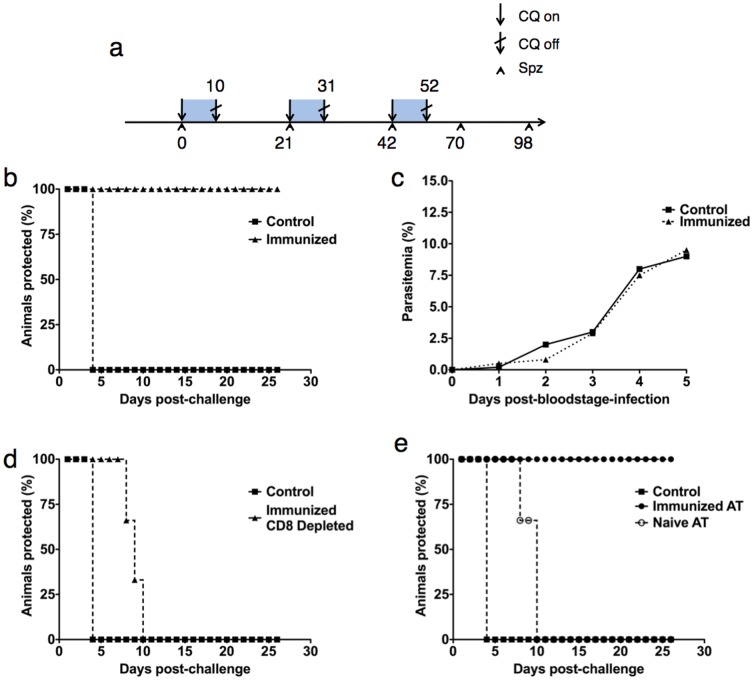Figure 2. Figure 2a. Scheme to illustrate the CPS immunization regime.
Animals were subjected to three immunization shots of 10,000 PbNK65 sporozoites at days 0, 21 and 42. Immediately after each immunization animals were administered chloroquine ad libitum for 10 days. Blue blocks represent periods of time under chloroquine cover. Animals were subjected to challenge with 10,000 sporozoites at day 70 and, in some cases, rechallenged at day 98. Figure 2b . CPS vaccination generates sterilizing immunity against subsequent P. berghei challenge. Animals (n = 10) were subjected to CPS as described and subsequently challenged with 10,000 PbNK65 sporozoites at day 70 post-first-immunization. Naïve age-matched animals in the Control group were challenged with 10,000 sporozoites only. Animals were monitored for presence of blood stage parasitemia via Giemsa staining of daily blood smears. Figure 2c . CPS vaccination does not protect against blood stage challenge. Animals (n = 5) were subjected to CPS as described and subsequently challenged with 1×106 parasitized erythrocytes at day 70 post-first-immunization, 28 days post-third-immunization. Naïve age-matched animals in the Control group were challenged with 1×106 parasitized erythrocytes only. Animals were monitored for presence of blood-stage parasitemia via Giemsa staining of daily blood smears. Figure 2d . CD8+ T cells are essential for sterilizing immunity elicited by CPS vaccination. Animals (n = 6) were subjected to CPS as described, subsequently depleted of their CD8+ T cells via administration of neutralizing antibody and subsequently challenged with 10,000 sporozoites at day 70 post-first-immunization, 28 days post-third-immunization. Naïve age-matched animals in the Control group were challenged with 10,000 sporozoites only. Animals were monitored for presence of blood-stage parasitemia via daily staining of Giemsa blood smears. Comparison of curves P = 0.0009 by Log-rank (Mantel-Cox) Test. Figure 2e . Protective immunity can be transferred to naïve animals by adoptive transfer of splenocytes. Animals (n = 6) were subjected to CPS as described. CPS immunized animals were sacrificed and their splenic lymphocytes isolated and purified and 2×107 transferred into a group of naïve recipient animals, “Immunized AT”. Control recipient animals, “Naïve AT”, received splenocytes from naïve donors. All experimental groups, including a naïve group were challenged with 10,000 sporozoites 24 hours later. Animals were monitored for presence of blood-stage parasitemia via daily staining of Giemsa blood smears. Comparison of “Immunized AT” and “Naïve AT” curves P = 0.025 by Log-rank (Mantel-Cox) Test. Comparison of all three curves P = 0.091 by Log-rank (Mantel-Cox) Test.

